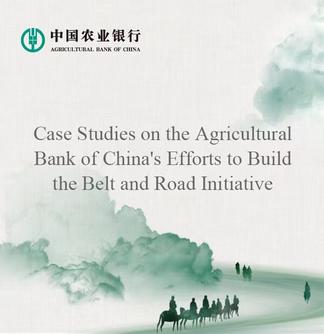
A villager carries bamboo prepared for birdcage weaving in Kala Village in Longquan Township of Danzhai County, southwest China's Guizhou Province, Nov. 17, 2022. (Xinhua/Yang Wenbin)
GUIYANG, Dec. 1 (Xinhua) -- On weekday mornings, the bridge across the Chishui River is usually bustling with people going to work in the downtown area of Chishui City in southwest China's Guizhou Province.
Zhou Chaohui, from Hejiang County in neighboring Sichuan Province, is one of the cross-provincial commuters and is employed with the city's bamboo industry.
Not only has the flourishing bamboo sector attracted an increasing number of workers from neighboring cities, but it has also revitalized this old revolutionary base.
In January 1935, the Red Army engaged the Kuomintang's force in a heavy battle at Chishui. It crossed the Chishui River four times in the fight, one of the most decisive and victorious military moves during the Long March.
Minzu Village in Chishui's Datong Township is famed not only for Miao cultural elements such as embroidery and batik but also for its impressive bamboo groves.
"Every household grows bamboo shoots, and both the elderly and the young love bamboo," said a 53-year-old villager named Xiong Wengui, who owns more than 20 mu (about 1.3 hectares) of bamboo forests.
Datong has a forest coverage rate of 84 percent, with 120,000 mu of bamboo groves, and boasts 11 bamboo processing companies.
Villagers here sell bamboo as raw materials to paper mills and bamboo product processing factories, earning an income of 480 yuan (about 67.9 U.S. dollars) per tonne.
Huang Engui, from Tianqiao Village, has 110 mu of bamboo forest. He said that although he is in his 70s, he could still log in the bamboo forest, which generates considerable income.
Last year, he sold more than 110 tonnes of bamboo stalks for an average price of 500 yuan per tonne.
The Datong Community of the township is covered by 2,700 mu of bamboo groves. Many young and middle-aged villagers here work in bamboo-related industries. Liao Xueqin, 48, is one such villager who earns an income of 4,000 to 5,000 yuan per month.
Yang Changqin, from the post-90s generation, is an inheritor of Chishui bamboo weaving craftwork. She has founded a company that produces and sells bamboo handicrafts.
About 30 artisans regularly work in the company, and among them, 80 percent are "left behind" women. With the rise of e-commerce, bamboo goods are sold online, creating employment prospects for more than 300 villagers who weave such products at home.
Thanks to the thriving bamboo industry in Chishui, relevant enterprises have established units there.
In 2018, Guizhou Zhuyun Paper Product Co., Ltd. moved to Chishui from Chengdu, capital of Sichuan Province.
The company has a growth-friendly environment as the local government has provided it with convenience in terms of development funds and production plants and the local raw materials are abundant and of excellent quality.
This company produces 30,000 tonnes of paper annually, about 70 percent of which are exported to over 10 countries and regions. The outer packaging of the finished paper is made of corn starch, which is easily degradable, making it environmentally friendly.
The bamboo industry has also boosted the development of upstream industries in neighboring provinces.
Guizhou Chitianhua Paper Industry Co. Ltd., headquartered in Chishui City, requires 1.4 million tonnes of bamboo each year. The city can provide 800,000 tonnes while the rest is obtained from Sichuan Province, which helps boost the income of local villagers. The annual production value of the company stands at 2 billion yuan, and nearly 200,000 bamboo growers earn income from the company.
According to data from the municipal forestry department, bamboo forests in Chishui cover an area of over 1.3 million mu, and 170,000 villagers financially rely on the bamboo industry, with their per capita disposable income reaching more than 16,000 yuan in 2021.




 A single purchase
A single purchase









